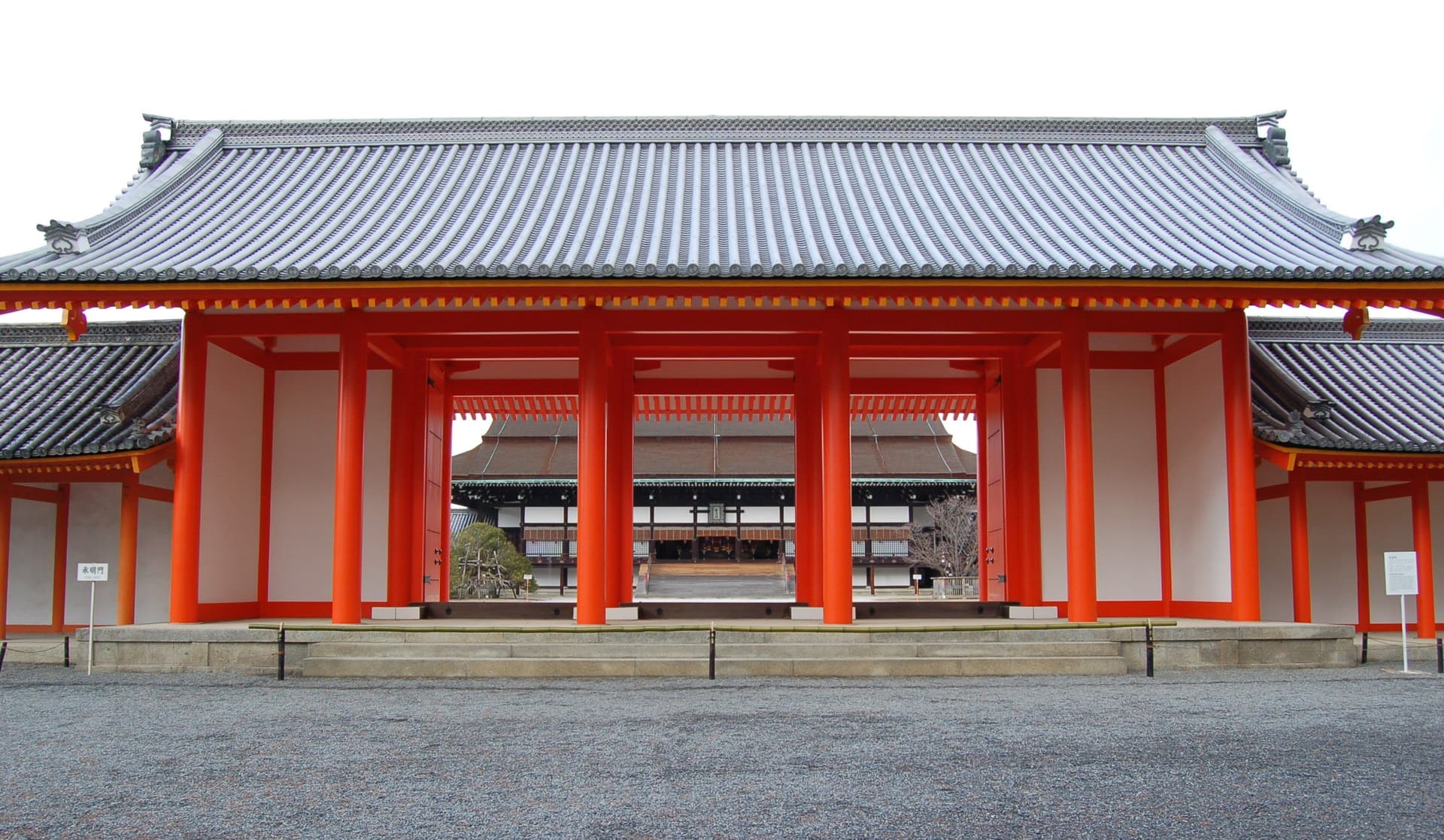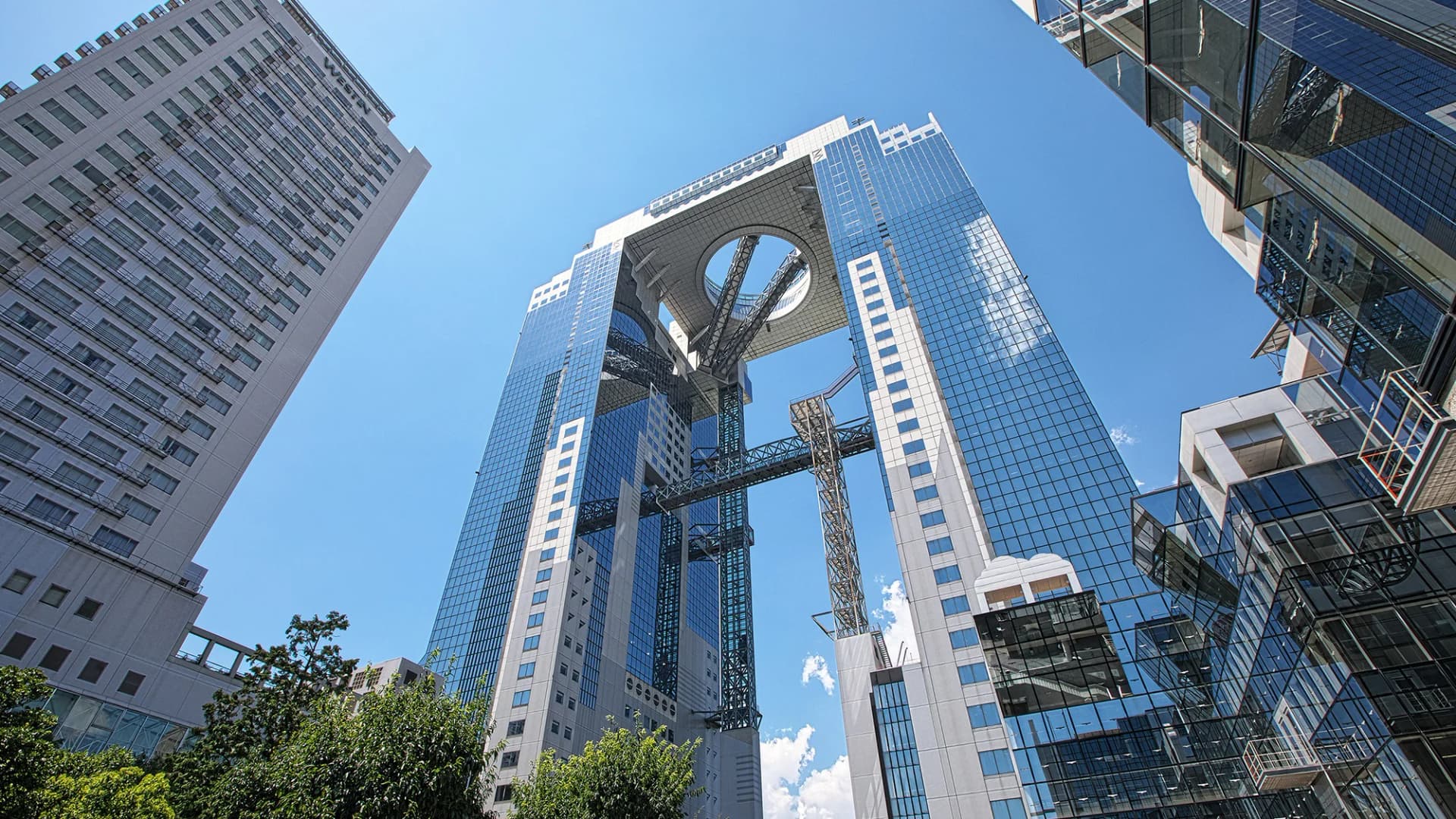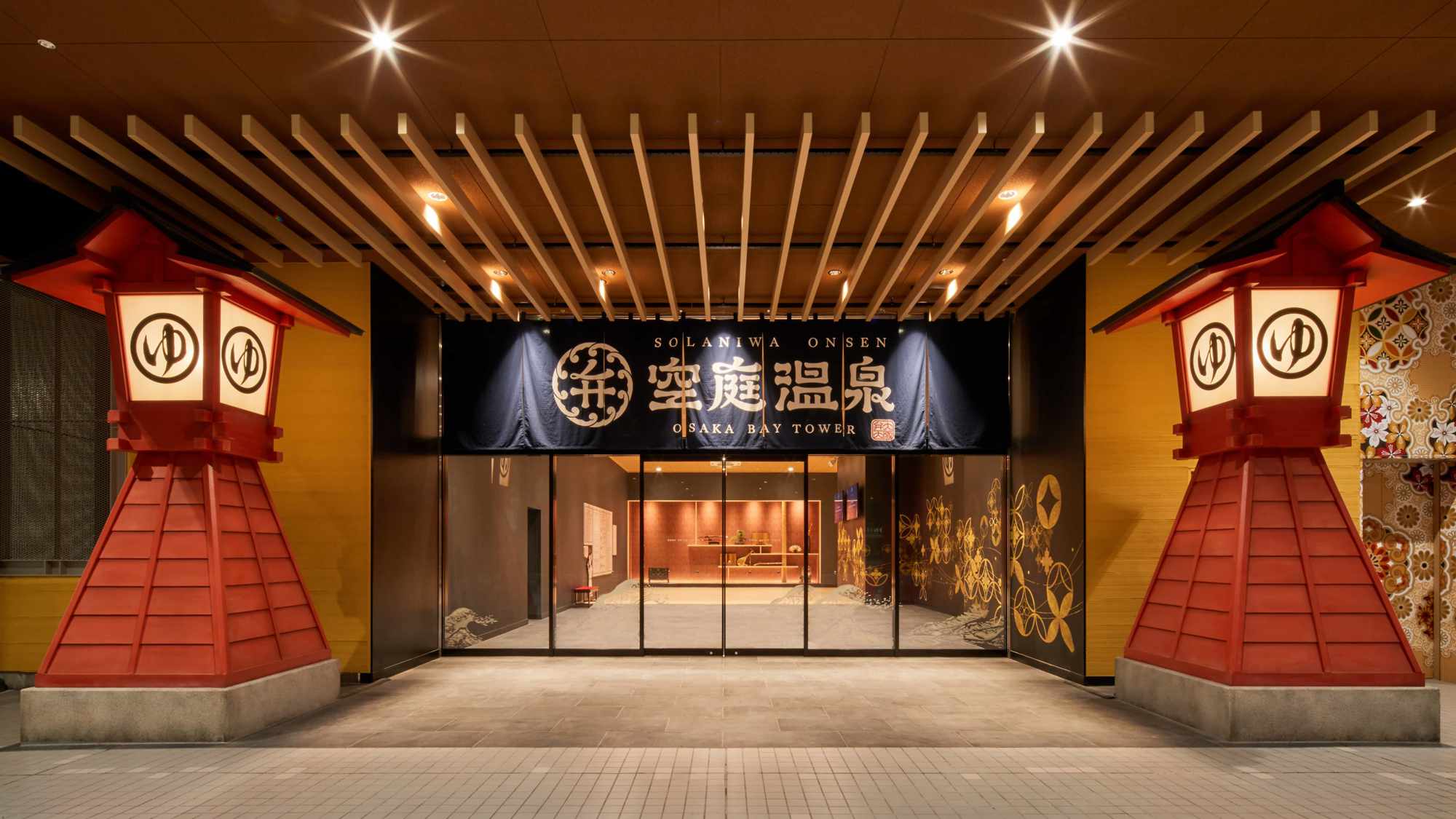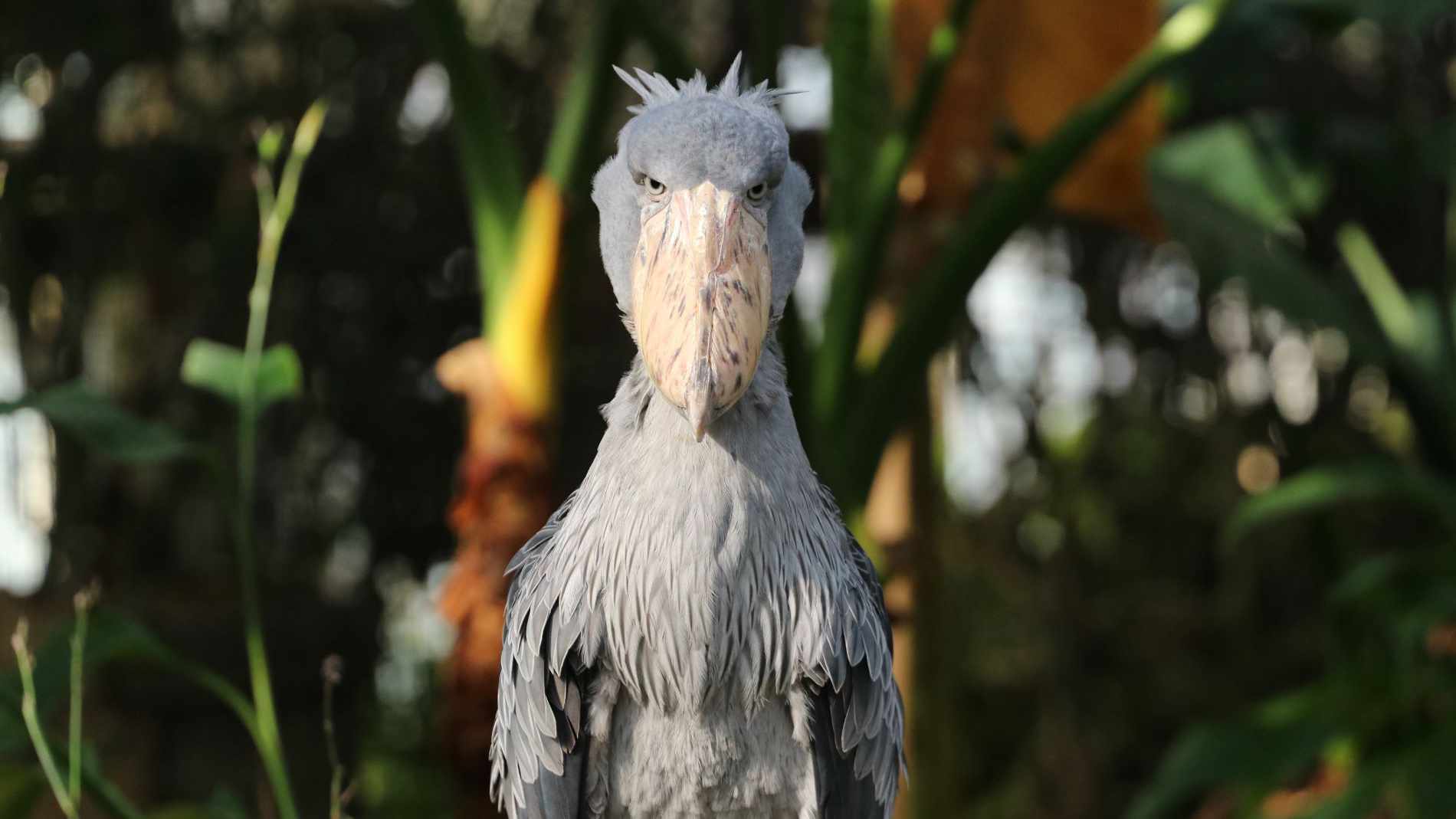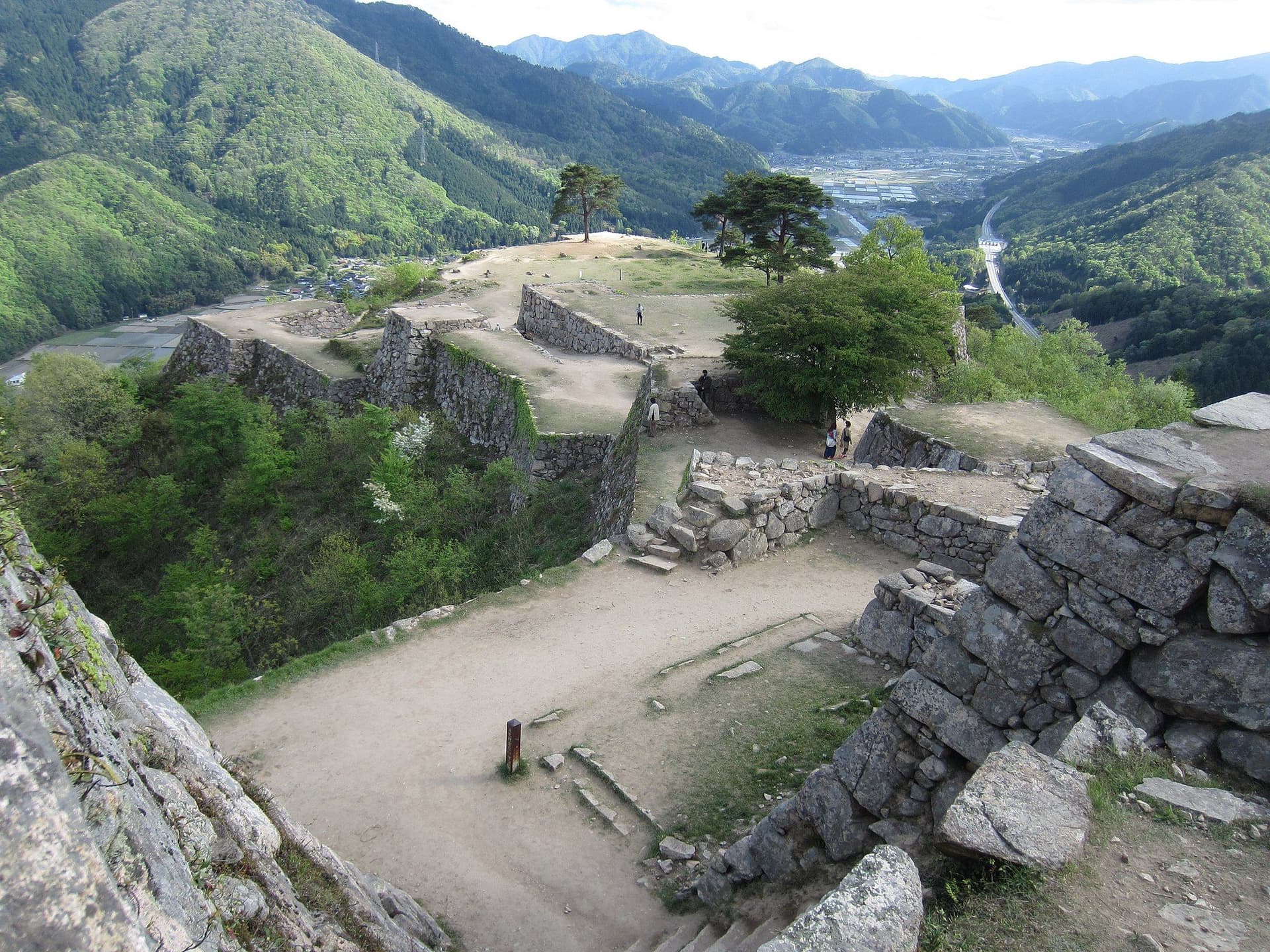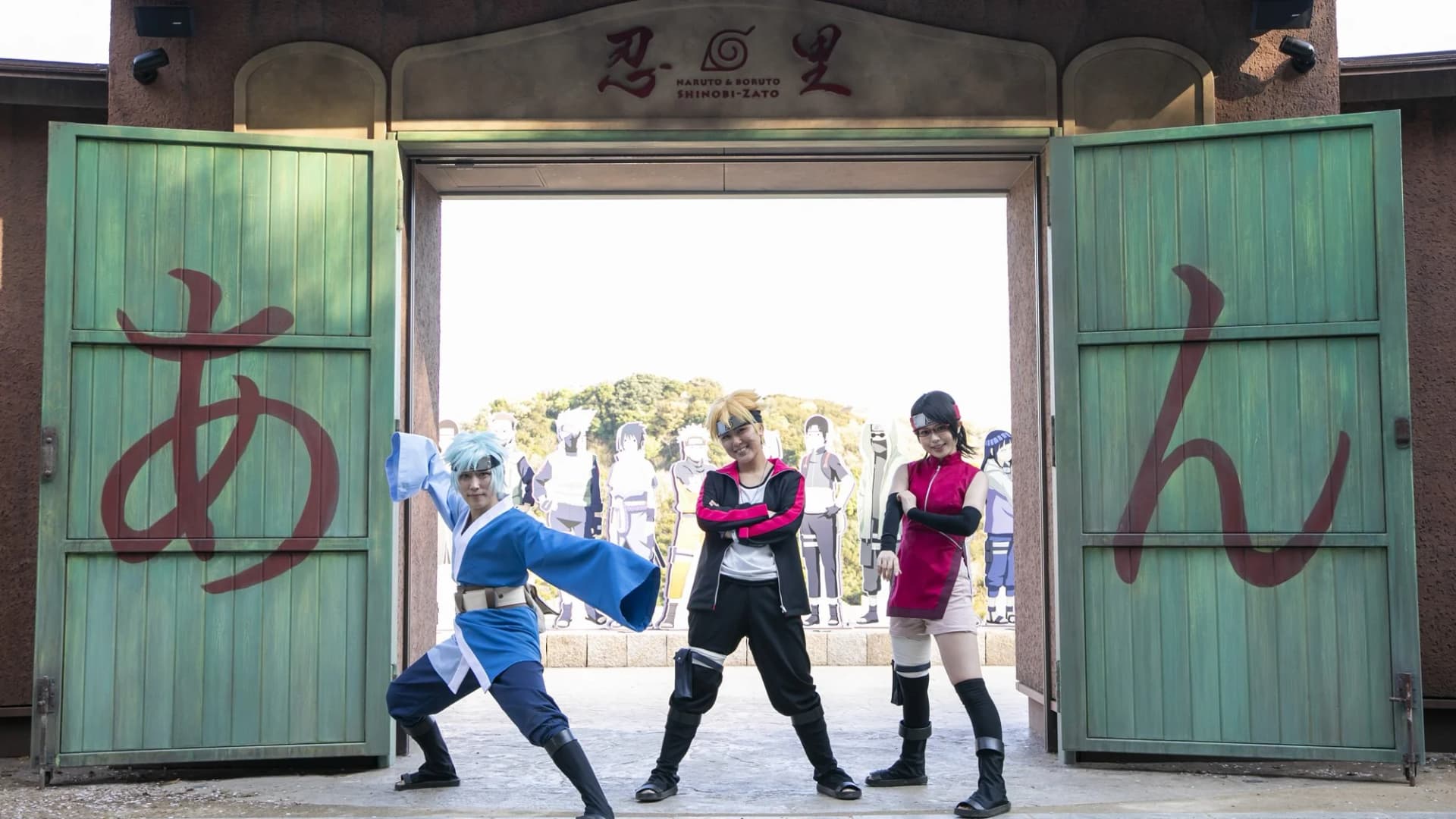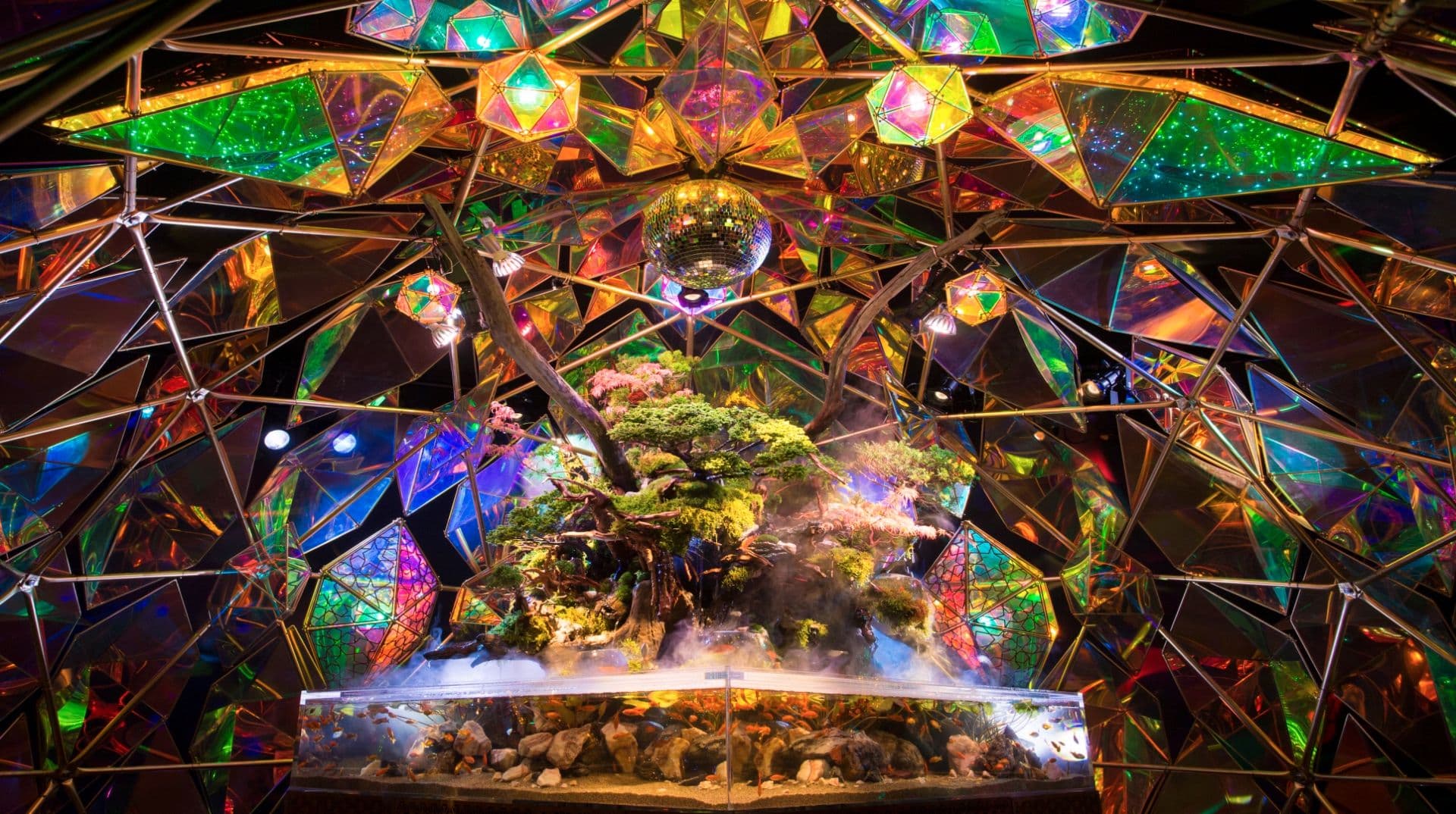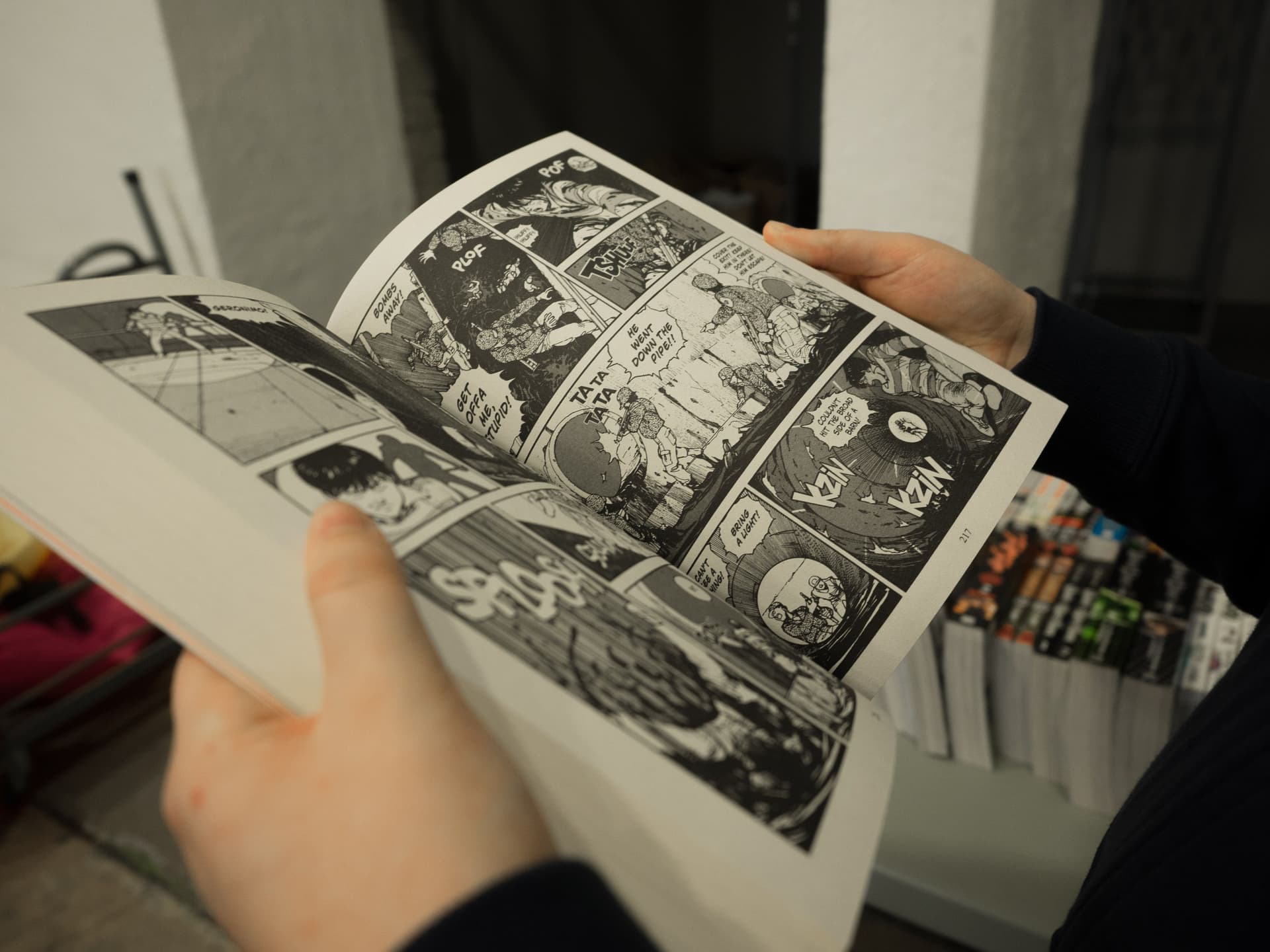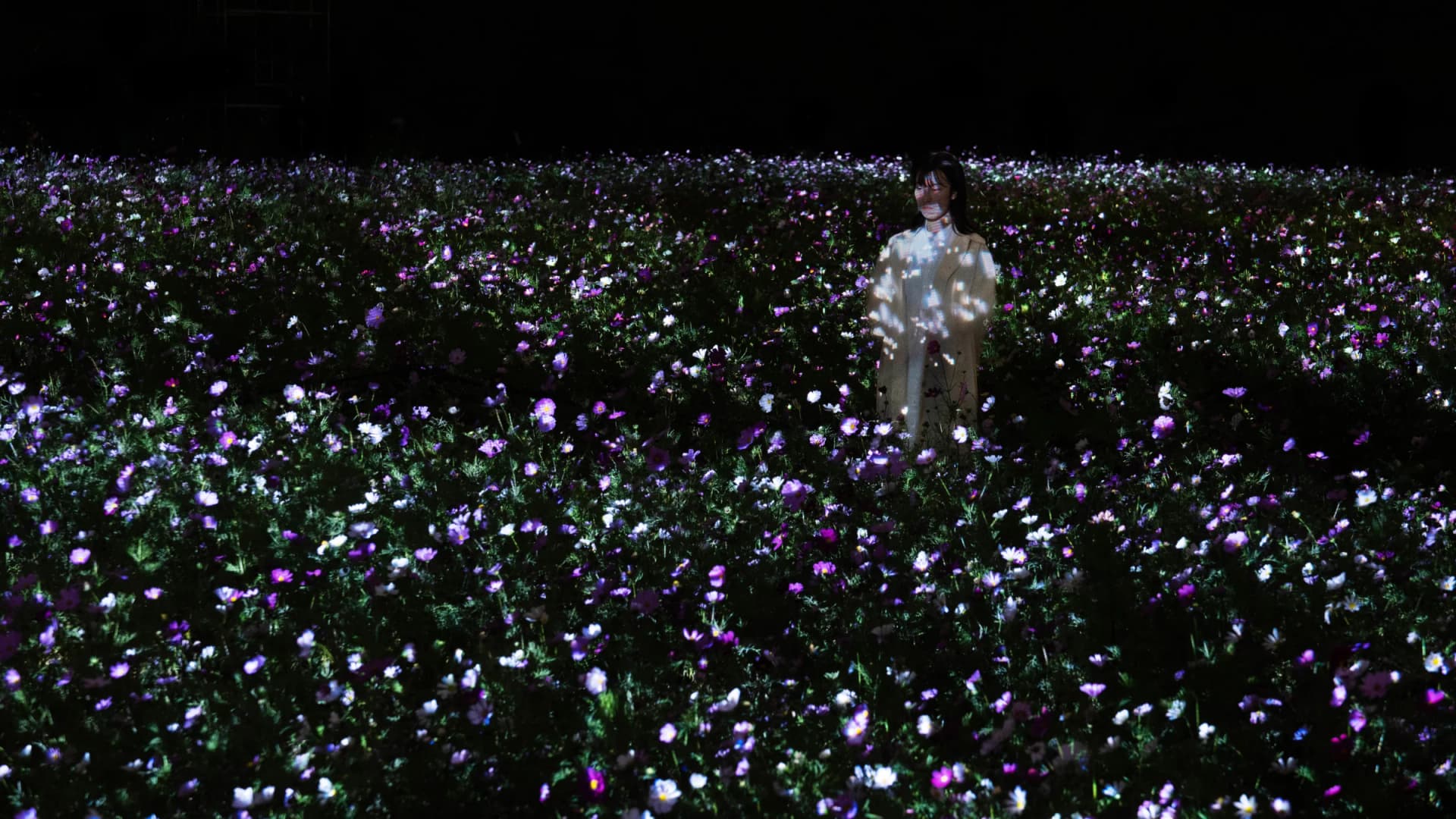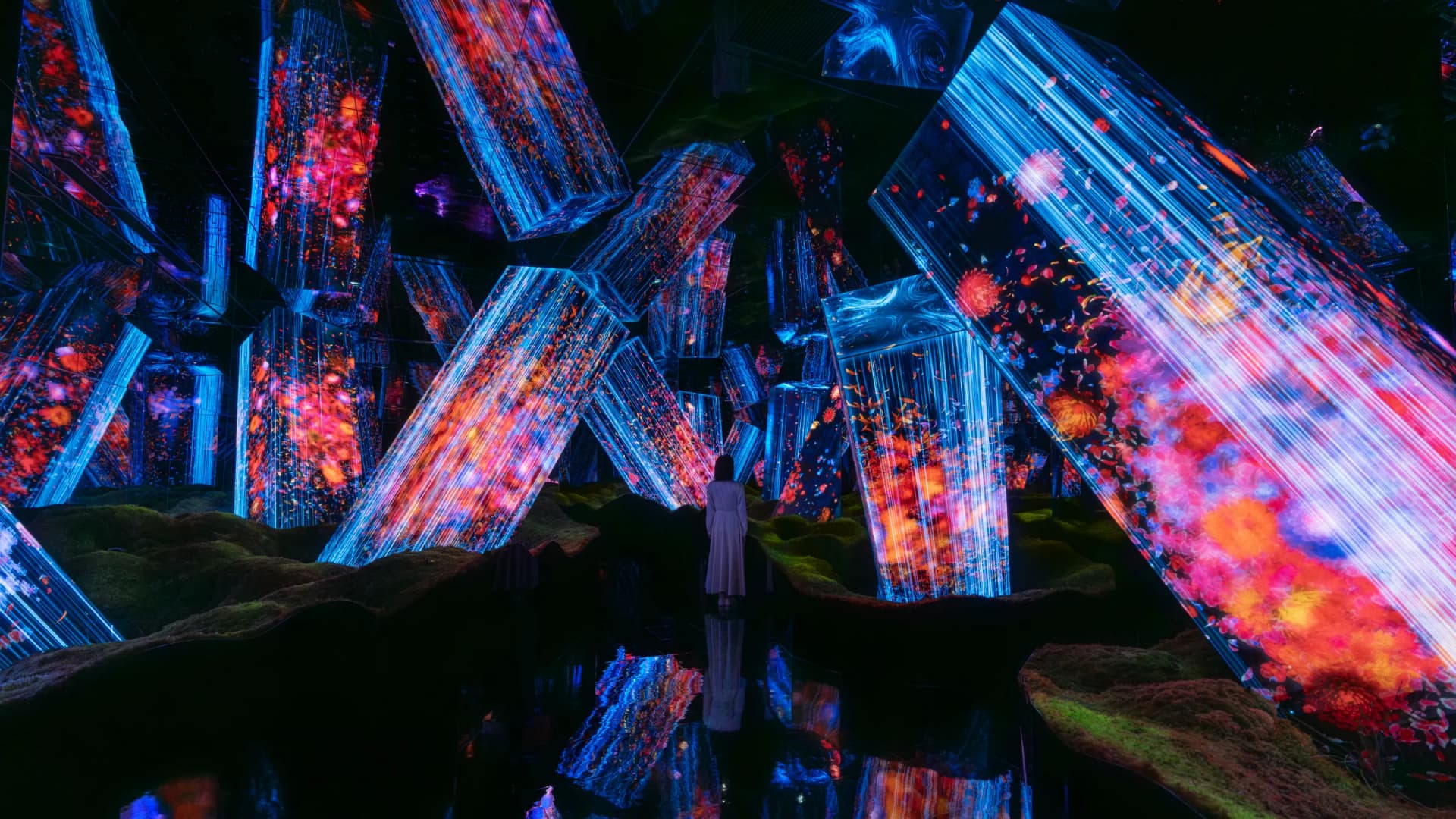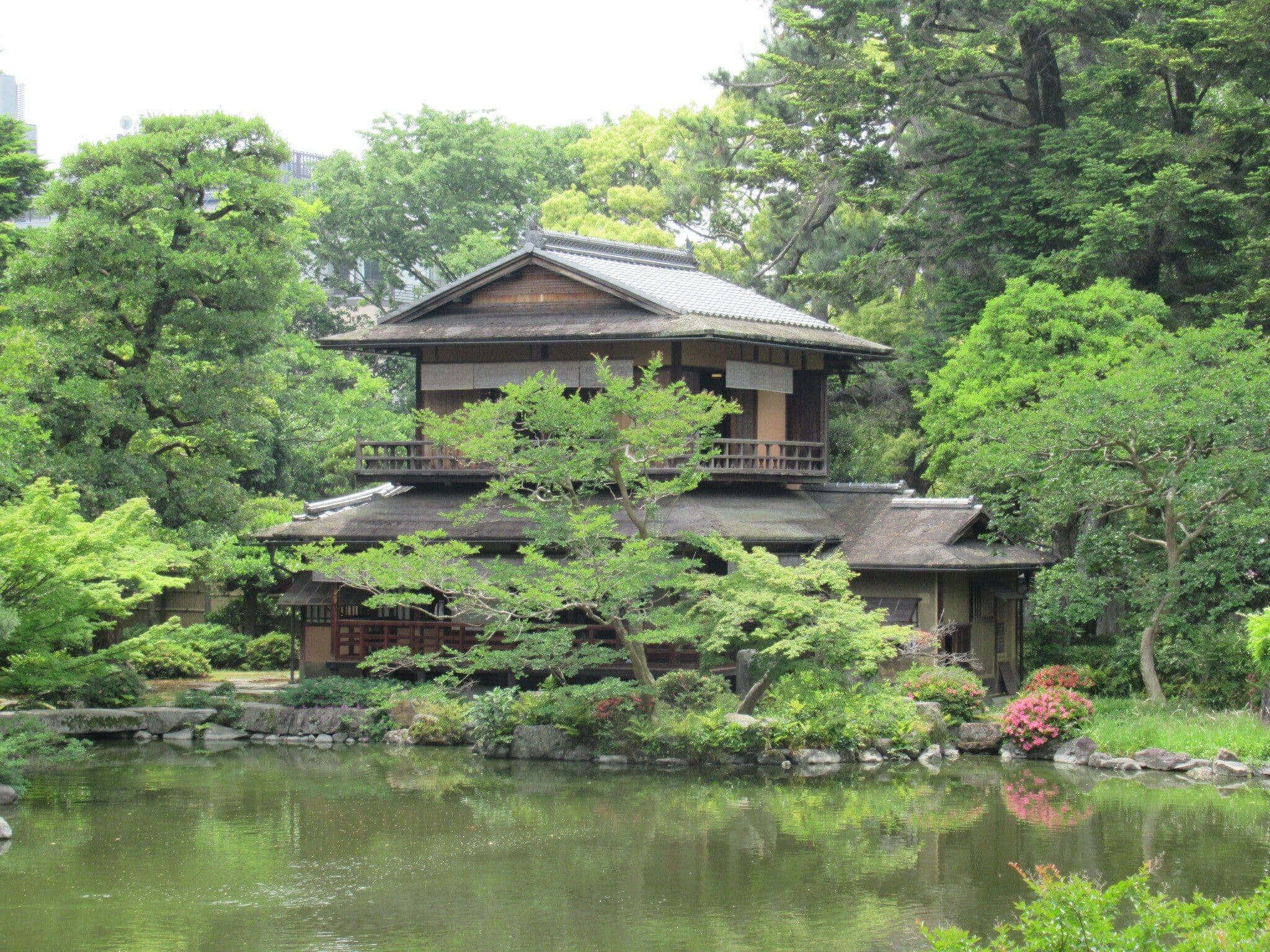
Kyoto Gyoen National Garden
京都御苑Kyōto Gyoen, a national park situated in Kamigyō-ku, Kyoto City, Kyoto Prefecture, encompasses the lush surroundings of the Kyoto Imperial Palace. During the Meiji era, when Tokyo was designated as the new capital, many of the aristocratic residences encircling the Imperial Palace were left vacant. It was then decided to repurpose this land for the city's residents by converting it into a park. Subsequently, more trees were planted, and following World War II, additional amenities such as rest houses, children's parks, and sports facilities were established, leading to the creation of Kyōto Gyoen National Garden. The garden spans an extensive area of approximately 100 hectares, with 65 hectares dedicated to the Kyoto Imperial Palace Park. In addition to the palace, the park features various historical sites and structures, including nine well-preserved outer gates dating back to the Edo period.
Kyoto Imperial Palace
Since the enthronement of Emperor Kogen in 1331, this site has held the distinction of serving as the Imperial Palace. It remained the residence of the emperor for nearly 500 years, from 1392 until the Meiji period. The present-day palace, reconstructed in 1855, encompasses several architectural structures.
Site of KAN IN NO MIYA Residence
This location once housed the KAN IN NO MIYA Imperial Family residence, established during the Edo period. Today, the existing structure serves as a public visitor centre.
Omiya Sento Imperial Palace
Following their retirement, Emperors typically relocated from the inner palace to the Sento Imperial Palace. In the past, the Sento Imperial Palace also served as a government office, functioning as a home economics organization. During Emperor Shirakawa's reign, it operated as a security office.
Kyoto State Guest House
Inaugurated in April 2005, the Kyoto State Guest House serves as a national facility for welcoming foreign dignitaries and providing them with opportunities to enhance their understanding of Japanese culture and foster friendships. To blend seamlessly with the historical landscape and the natural surroundings, it features a traditional Japanese architectural design with an Irimoya-style roof and a sukiya-style exterior, presenting an elegant Japanese aesthetic.
Shusui Tei Teahouse
The Shusui-tei Teahouse is the sole surviving building at the former Kujo Family residence, one of the 'five regent houses.' Erected approximately two centuries ago during the late Edo period, it has served as a venue for various social gatherings, including tea ceremonies and poetry parties.
Place nearby
At Hey Japan!, we strive to keep the places listed on our website as current as possible. However, it is important to note that location owners or management may make changes to their plans, including canceling events, altering opening times, or modifying admission requirements, without prior notice. To ensure that you have the most accurate information, we recommend checking official websites before visiting any location.
Last Updated:
